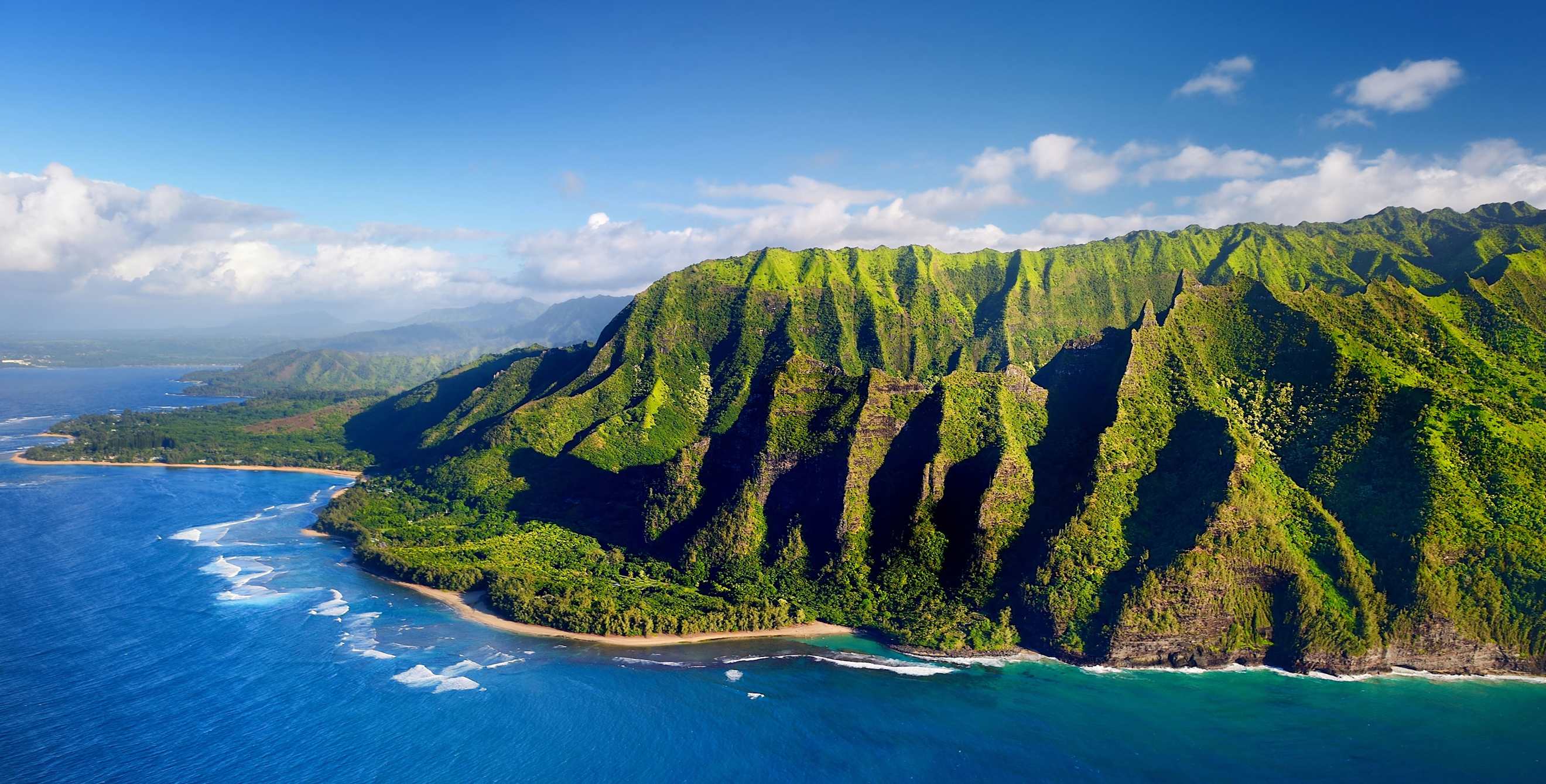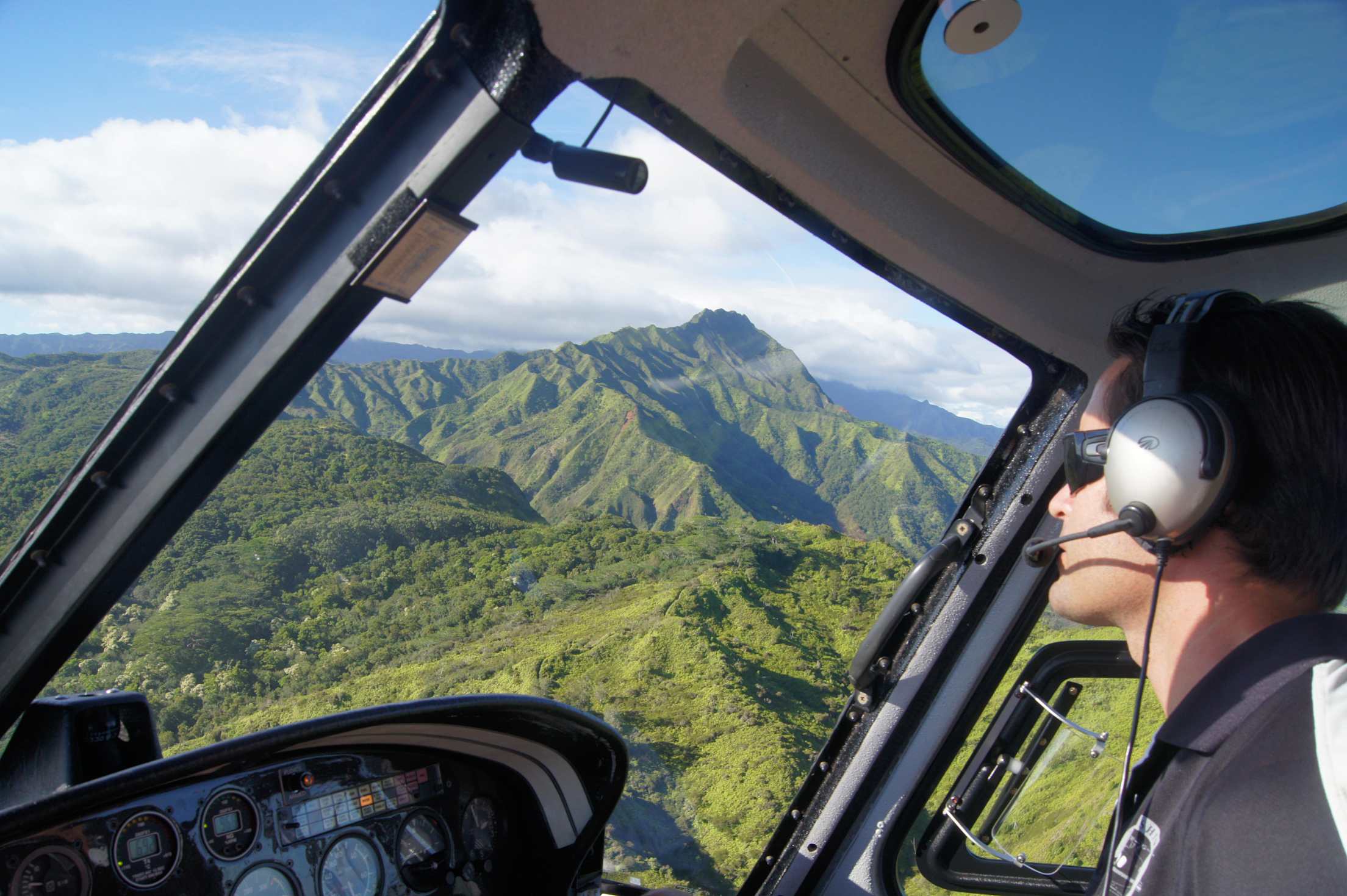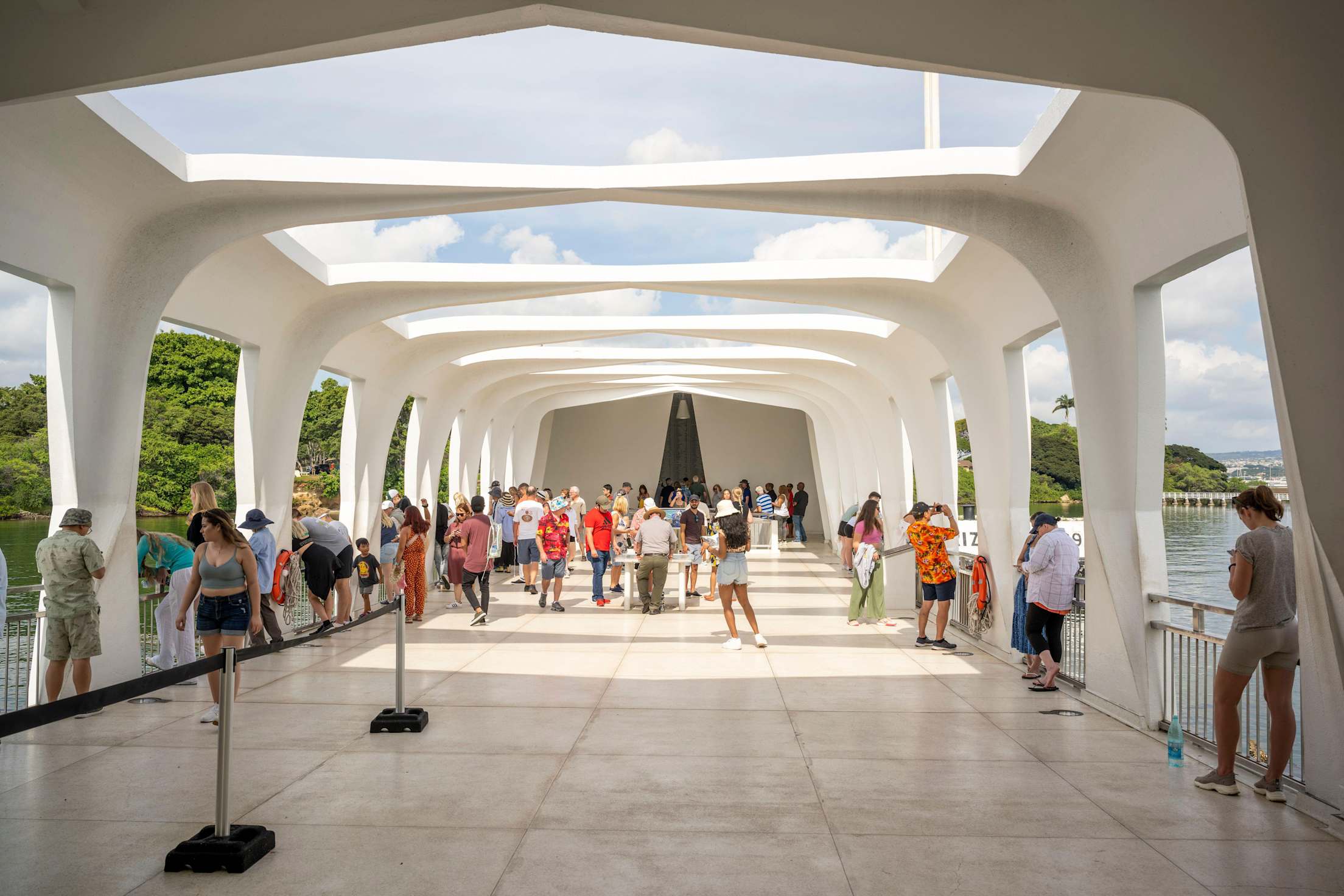
The Top Thing to Do on Each Hawaiian Island
Discover the can’t-miss activities.

You can find sun, sand, and surf—along with poke, papaya, and plate lunches—almost anywhere you go in Hawaii, but each island has its own unique attractions. These are the experiences guaranteed to provide the best tropical souvenirs: indelible memories (and excellent photo opportunities).
Cruise the Road to Hana, Maui.
Amusement parks have nothing on the thrill ride known as the Road to Hana, which may be Maui's signature delight. The cliff-hugging hairpin curves of coastal Hana Highway are an exhilarating experience that leads to a dramatically different destination: peaceful Hana, one of Hawaii's most remote paradises. Along the way, cruise past waterfalls and beaches, squeak across narrow bridges, and then seek calm in the bamboo forest just 10 miles beyond town.
If you’re not staying overnight in Hana or Haleakala National Park, consider joining a tour and let someone else do the driving. Not only will you learn more and be able to see more, you won’t be contributing to the overtourism that comes with such a popular activity.

Take a helicopter tour above Kauai.
The unmistakable visual appeal of Kauai—a popular filming locale with impossibly lush foliage and waterfalls galore—is best appreciated from the air. Climb aboard a helicopter for a Garden Isle tour unlike any ground-level view: In just an hour you can swoop over craggy, otherwise inaccessible valleys; the crystalline crescent of Hanalei Bay; the towering sea cliffs of the Napali Coast; and spectacular Waimea Canyon, known as the Grand Canyon of the Pacific. After you touch down, drive to Waimea Canyon to take in its beauty up close.
Snorkel Hulopo‘e Bay, Lanai.
The serenity and relative isolation of Lanai, one of Hawaii's smaller inhabited islands, make for the state's best snorkeling. The southern shore is home to dazzling sea life, including coral reefs, sea stars, hermit crabs, and the aquatic snails known as limpets. Don a mask and fins to explore Hulopo‘e Bay, a marine conservation area where you might spot spinner and bottlenose dolphins and sea turtles. Bring a picnic lunch for the beach or park, or splurge and enjoy a meal at the Four Seasons’ poolside eatery, Malibu Farm.
Explore Hawaii Volcanoes National Park, Hawaii Island.
Hawaii Island, also known as the Big Island, is home to five active volcanoes making it the perfect place to experience nature's power. Hawaii Volcanoes National Park offers plenty of opportunities to learn about the Kīlauea and Mauna Loa volcanoes. If Kilauea is erupting at the time (it’s been erupting consistently since 1983, but there’s no guarantee of when eruptions happen), the park provides some of the best places to view the glow. Even if there’s not an eruption, the park offers a variety of amazing, unique activities. Visitors can explore many of the 155 miles of trails that deliver extraordinary sights (including 115-foot-deep Keanakako‘i Crater) and sensations (the heat of steam, the scent of sulfurous fumes). The self-guided Crater Rim Drive Tour leads to walking paths to the crater as well as to Sulphur Banks, where gases and sulfuric acid seep from the ground, and iron oxide deposits have stained the landscape red.

Visit Pearl Harbor, Oahu.
History, patriotism, and wonder converge at Oahu's most visited attraction. Pearl Harbor—the site of a surprise attack by the Imperial Japanese Navy in 1941—symbolizes the United States entering World War II as a combatant. The somber realities of war are on full display here, including submarines, warplanes, and recruitment posters. The USS Arizona Memorial, built atop the bombed battleship, stands in tribute to those who lost their lives. Pearl Harbor Memorial Museum and grounds are free to visit, but you’ll need to make a reservation for the USS Arizona Memorial on the park’s website, which also includes excellent driving directions.
Pala‘au State Park, Molokai.
Though Kalaupapa, one of Molokai’s most famous places, is no longer accessible to visitors, it is still visible from the overlook at Pala‘au State Park. The overlook of the isolated colony that became home to Hawaiians with Hansen’s Disease (leprosy) sits amidst the tallest sea cliffs in the world, stretching up to 3,900 feet above sea level at their highest point. Pala‘au State Park is located at around 1,000 feet and offers beautiful hiking trails, a culturally significant fertility site, and 223 acres of space to help you get in touch with nature. The park is well maintained and visitors can find camping, picnic tables, and restrooms.
To plan your perfect island getaway, contact the AAA Travel Advisors.